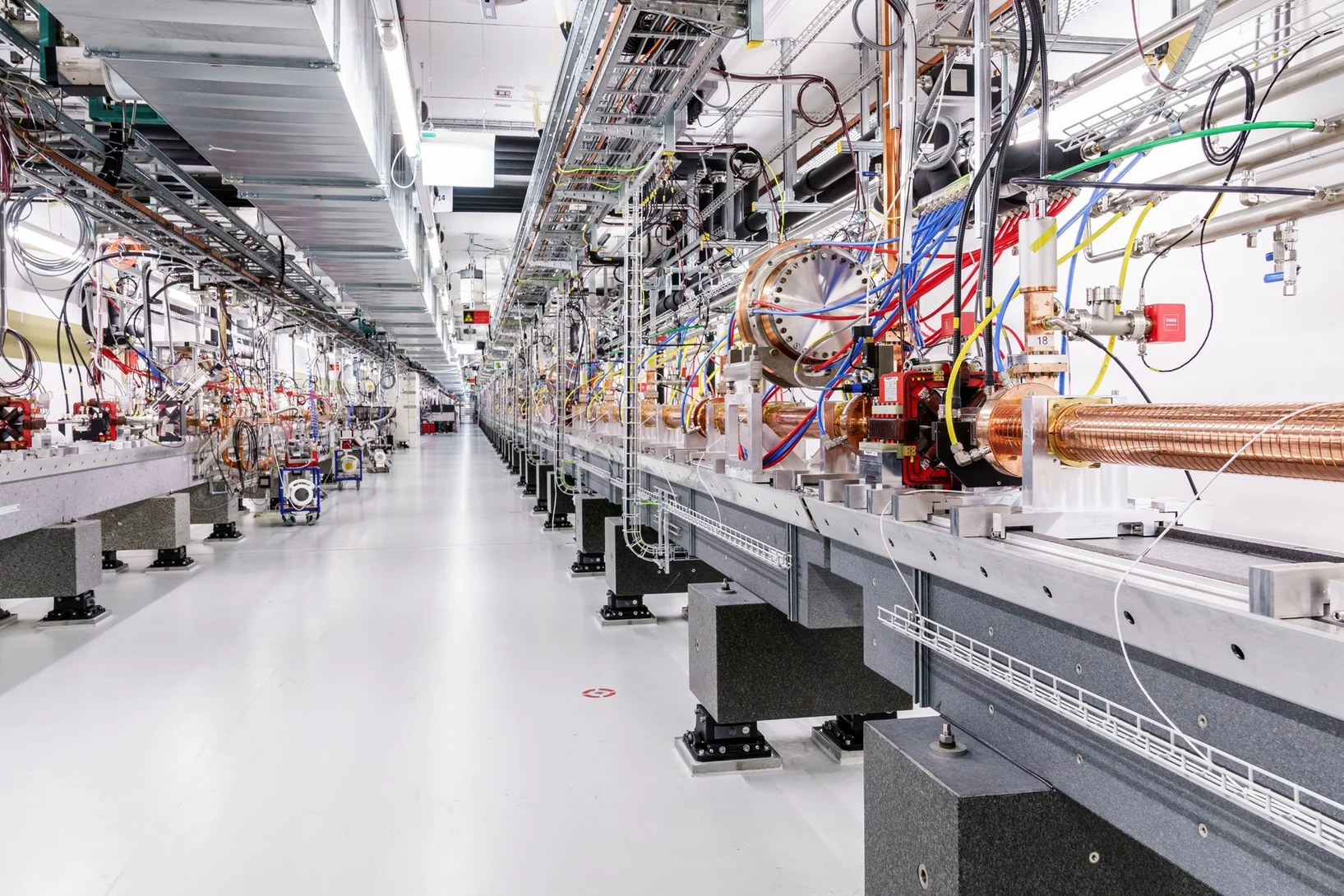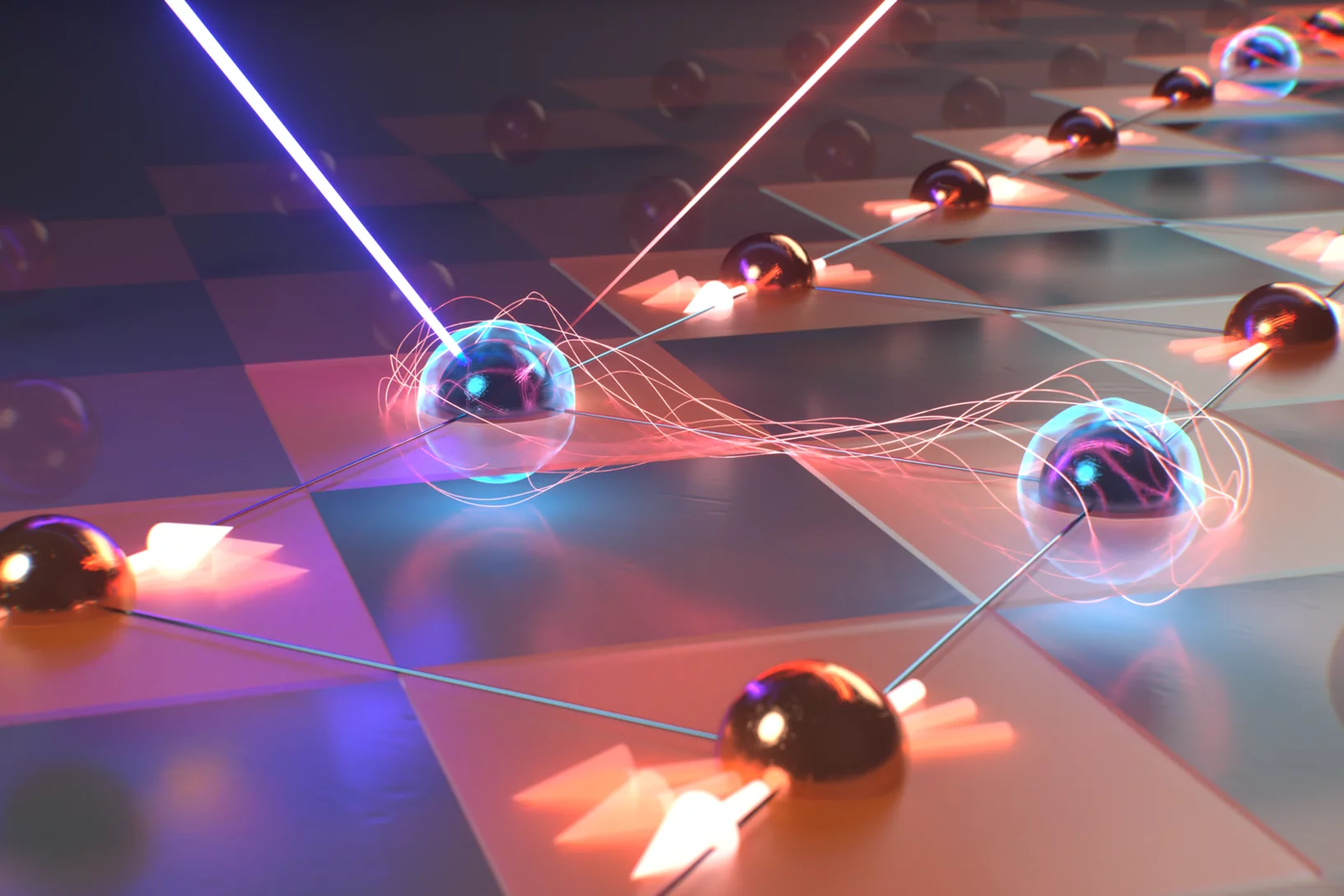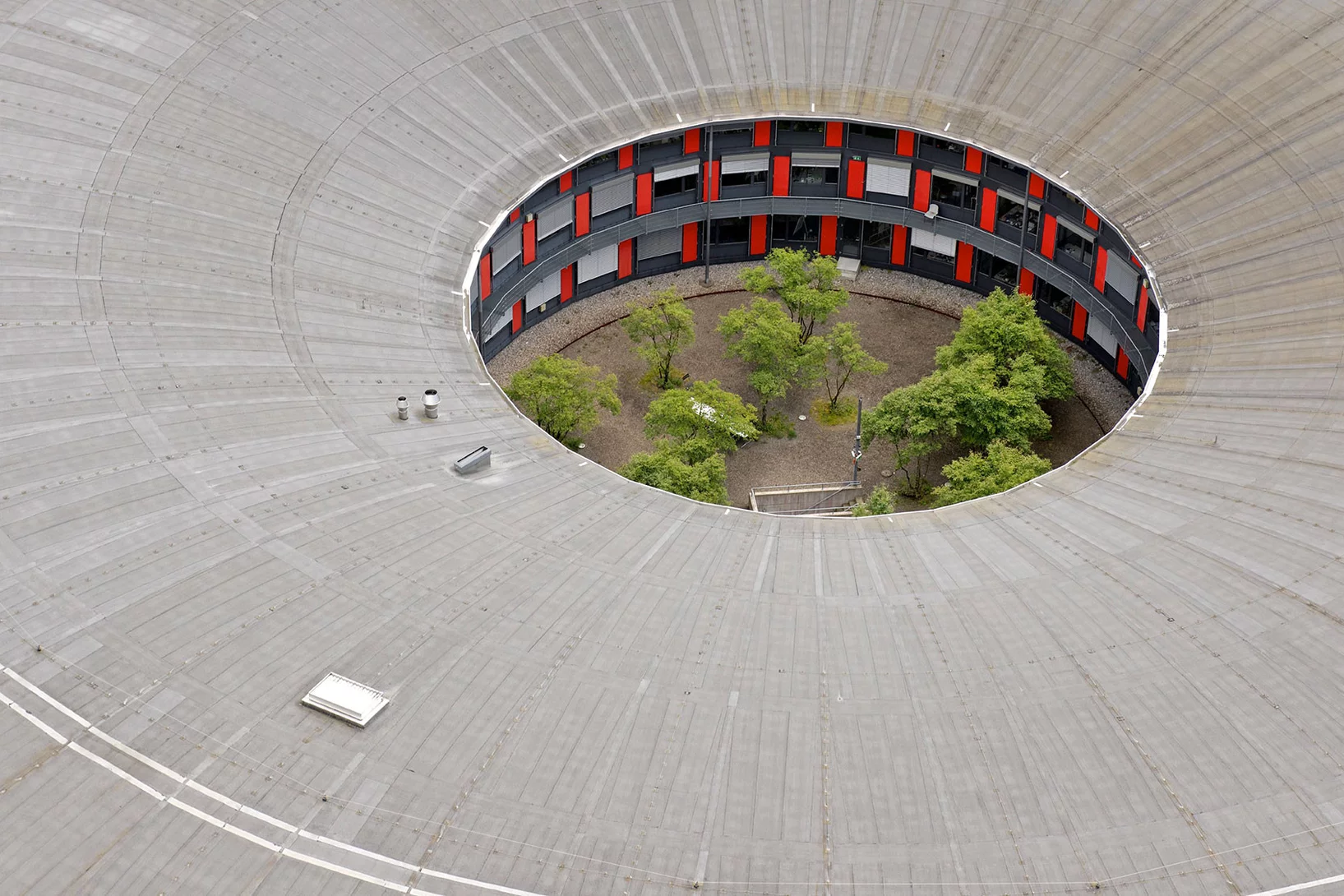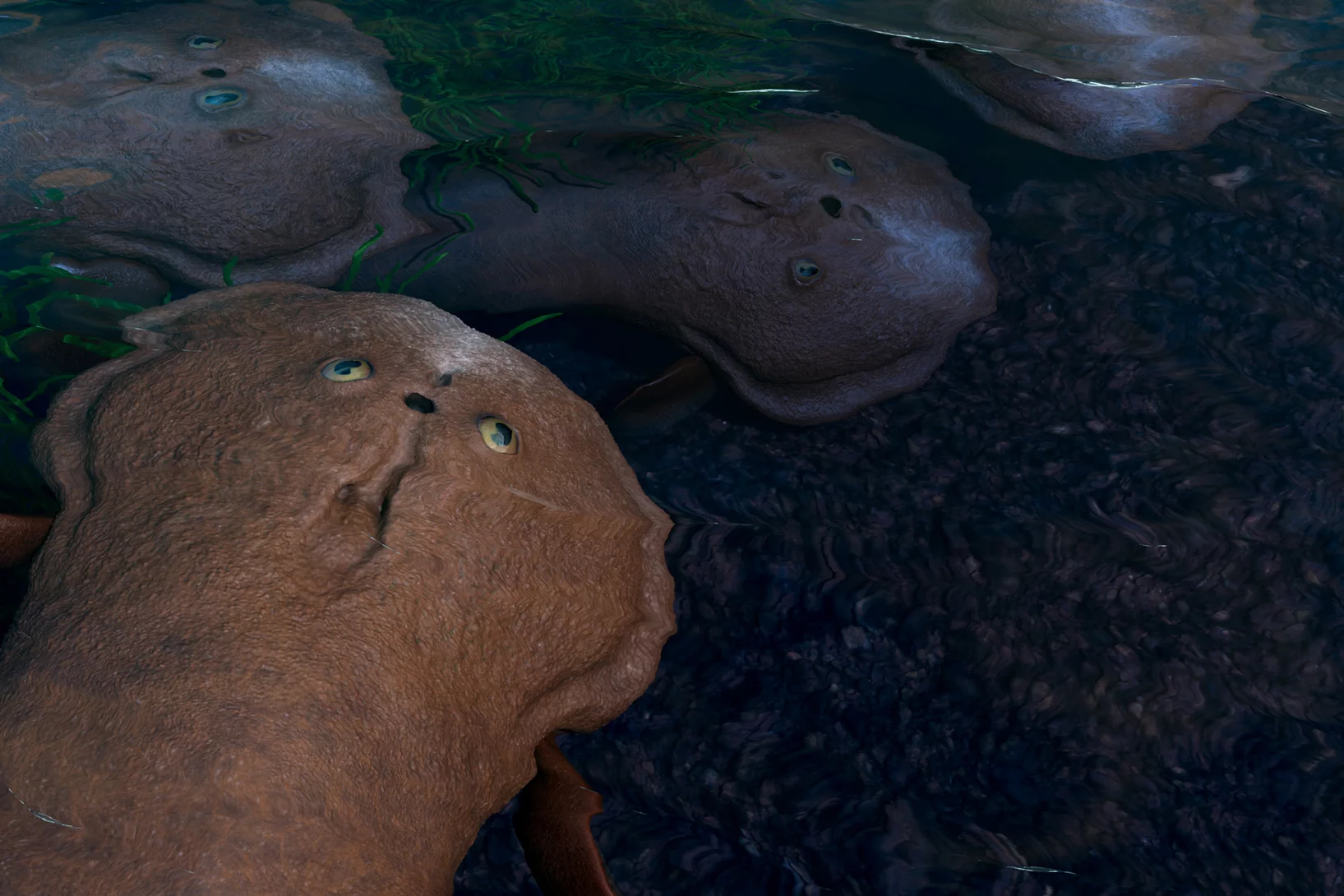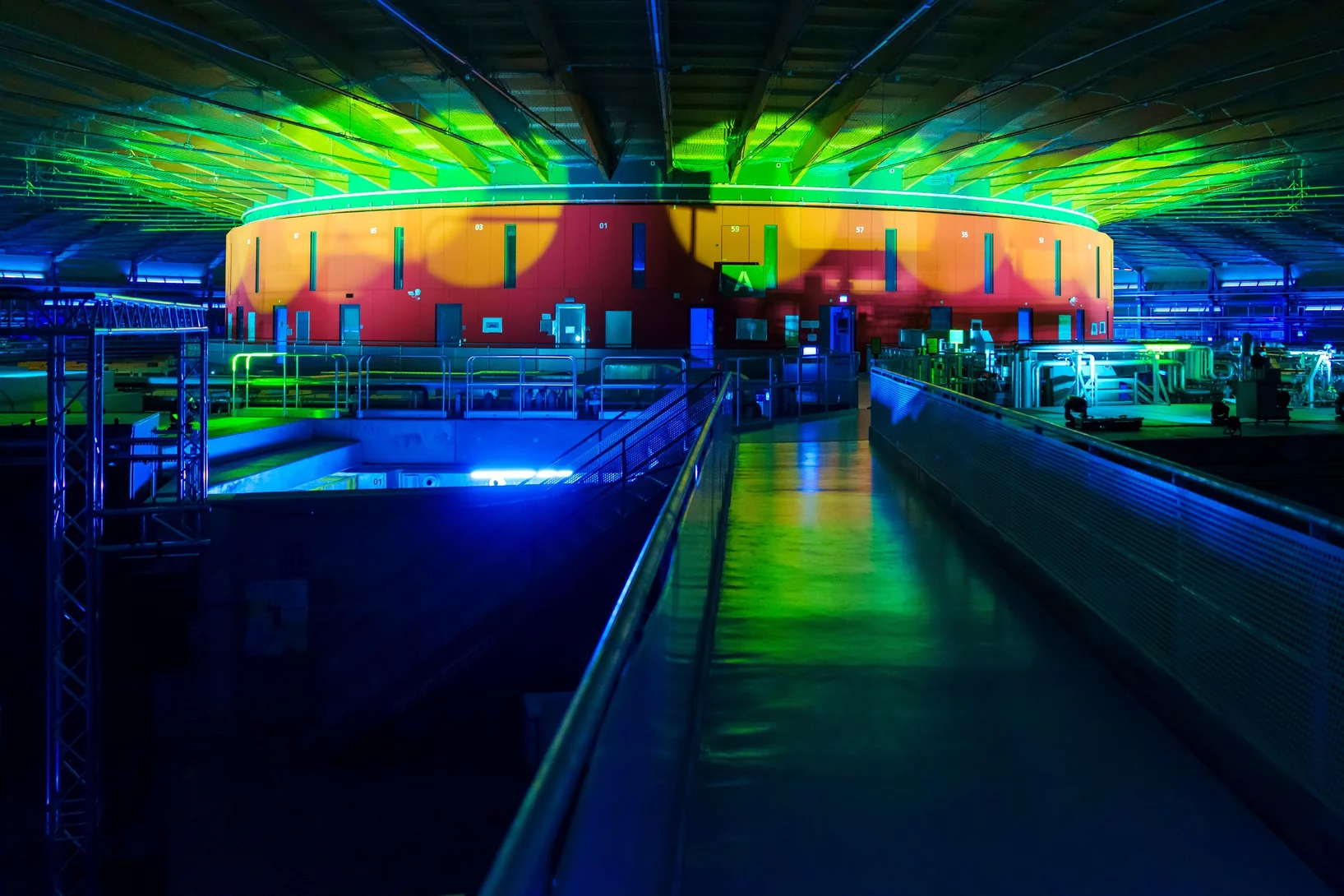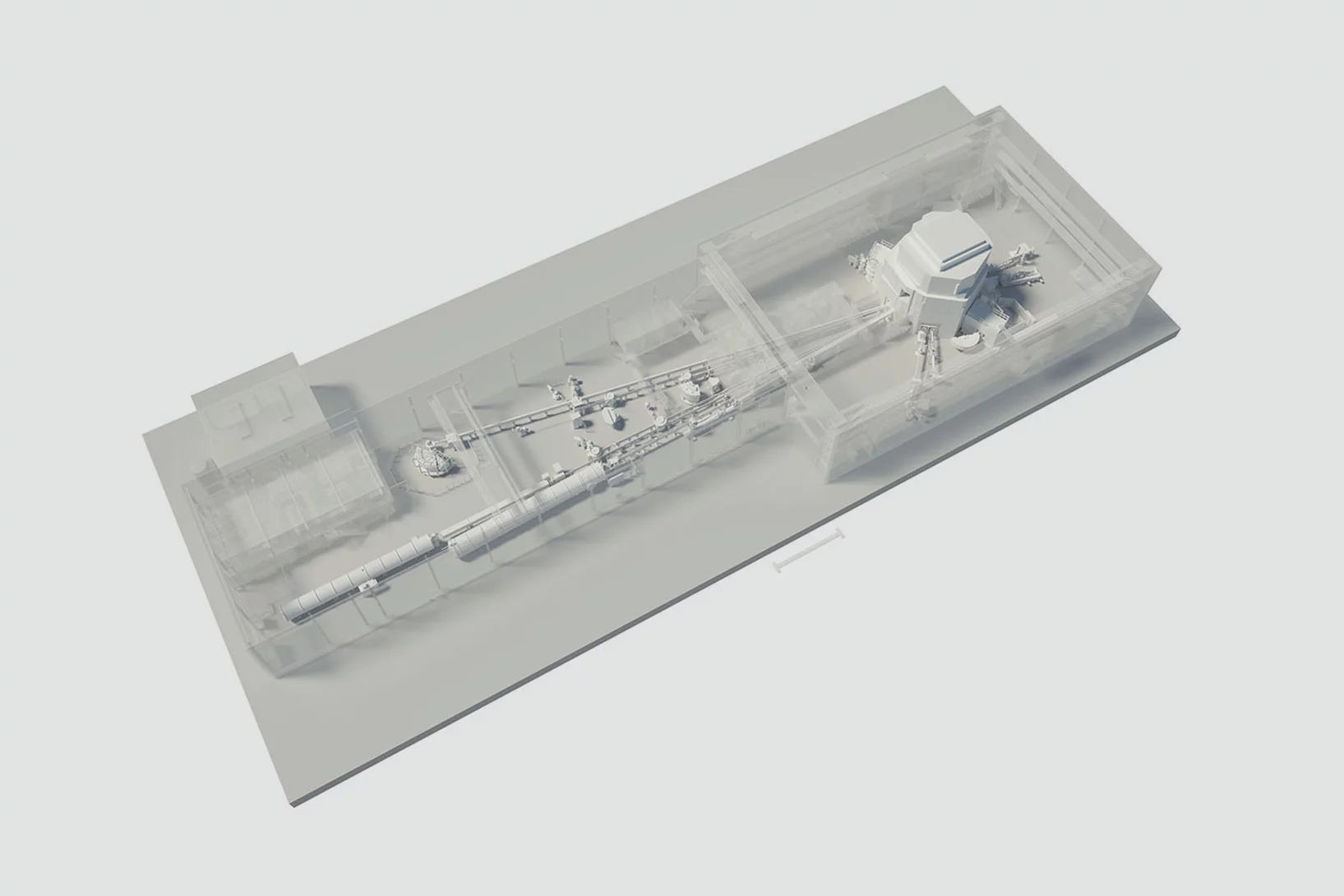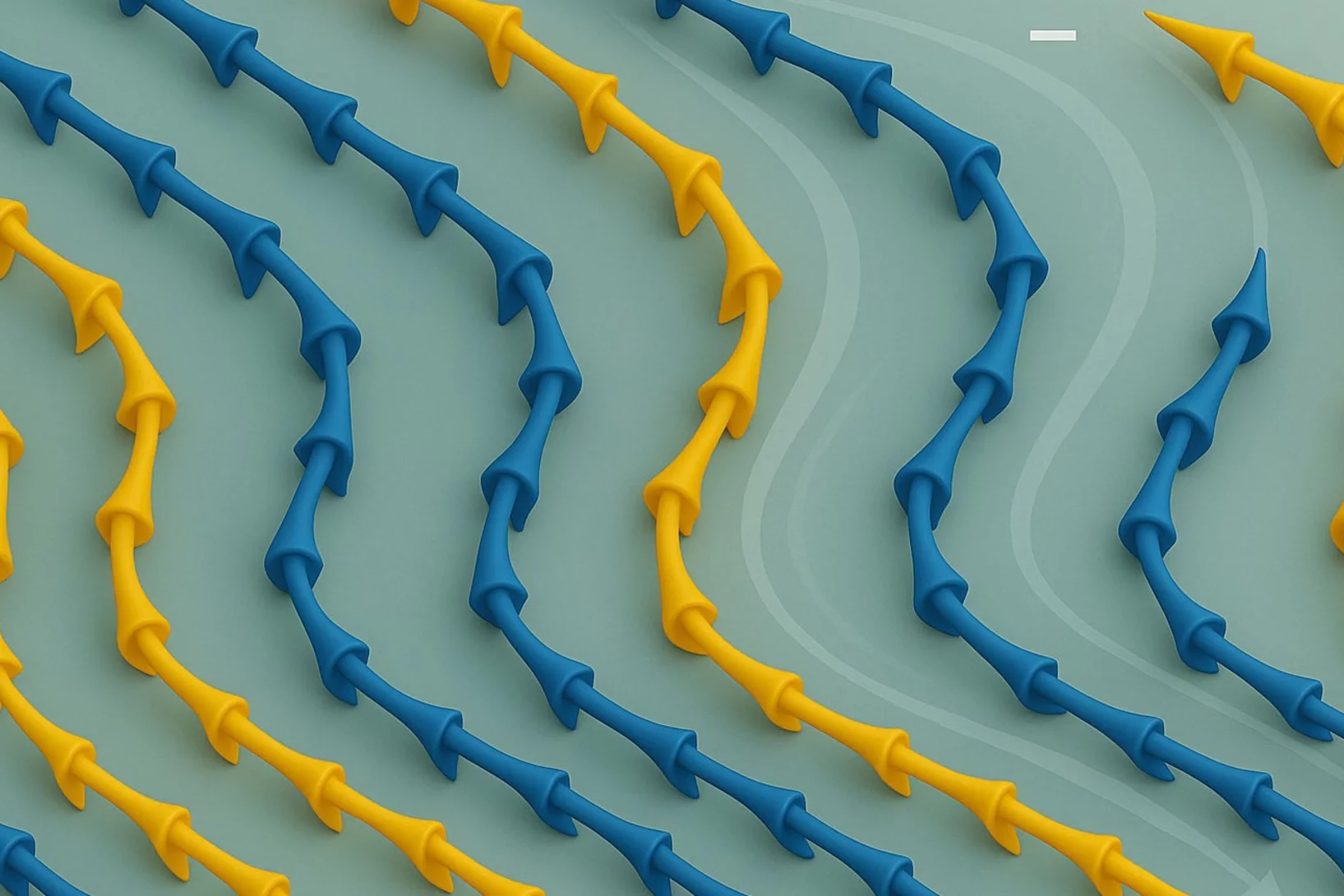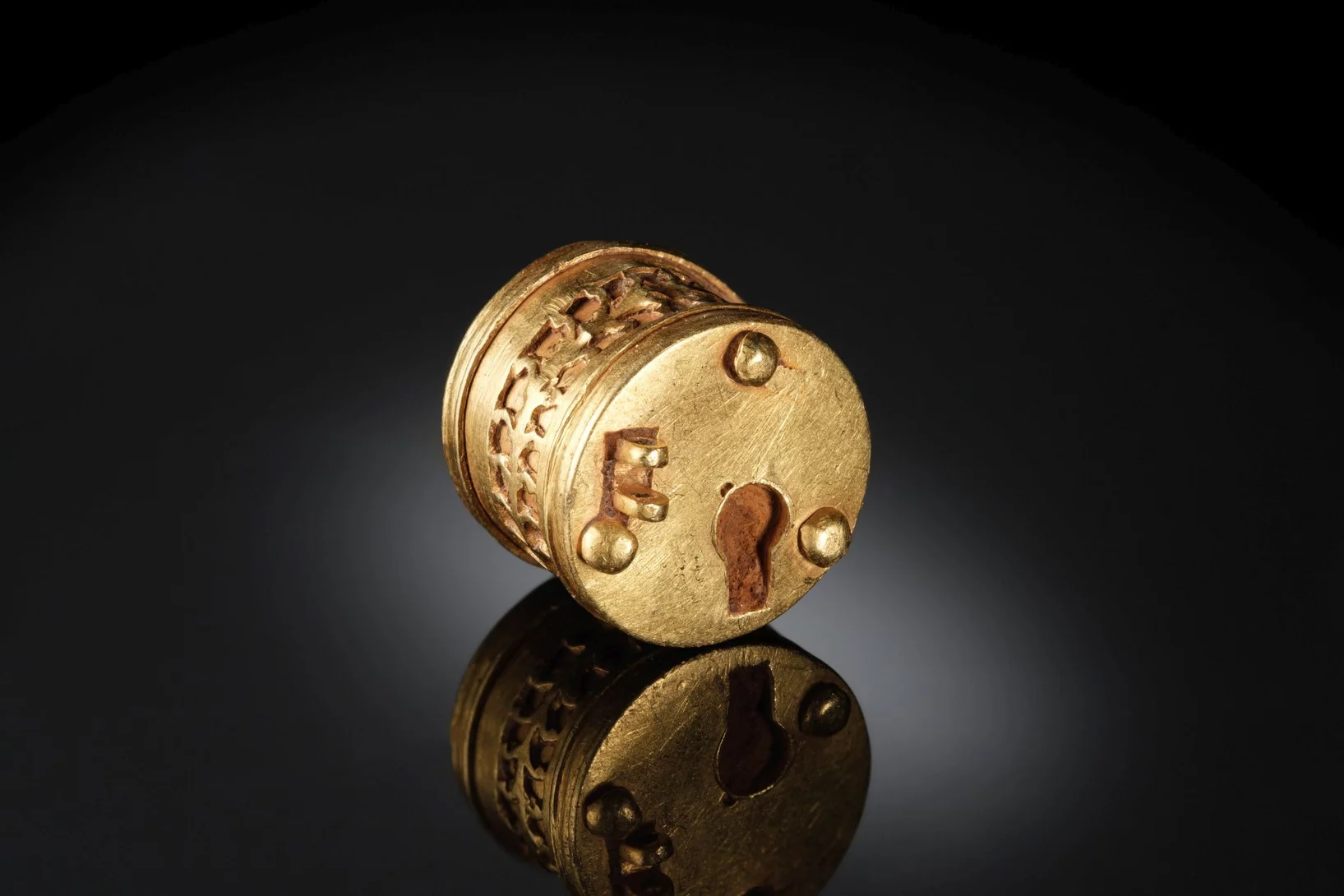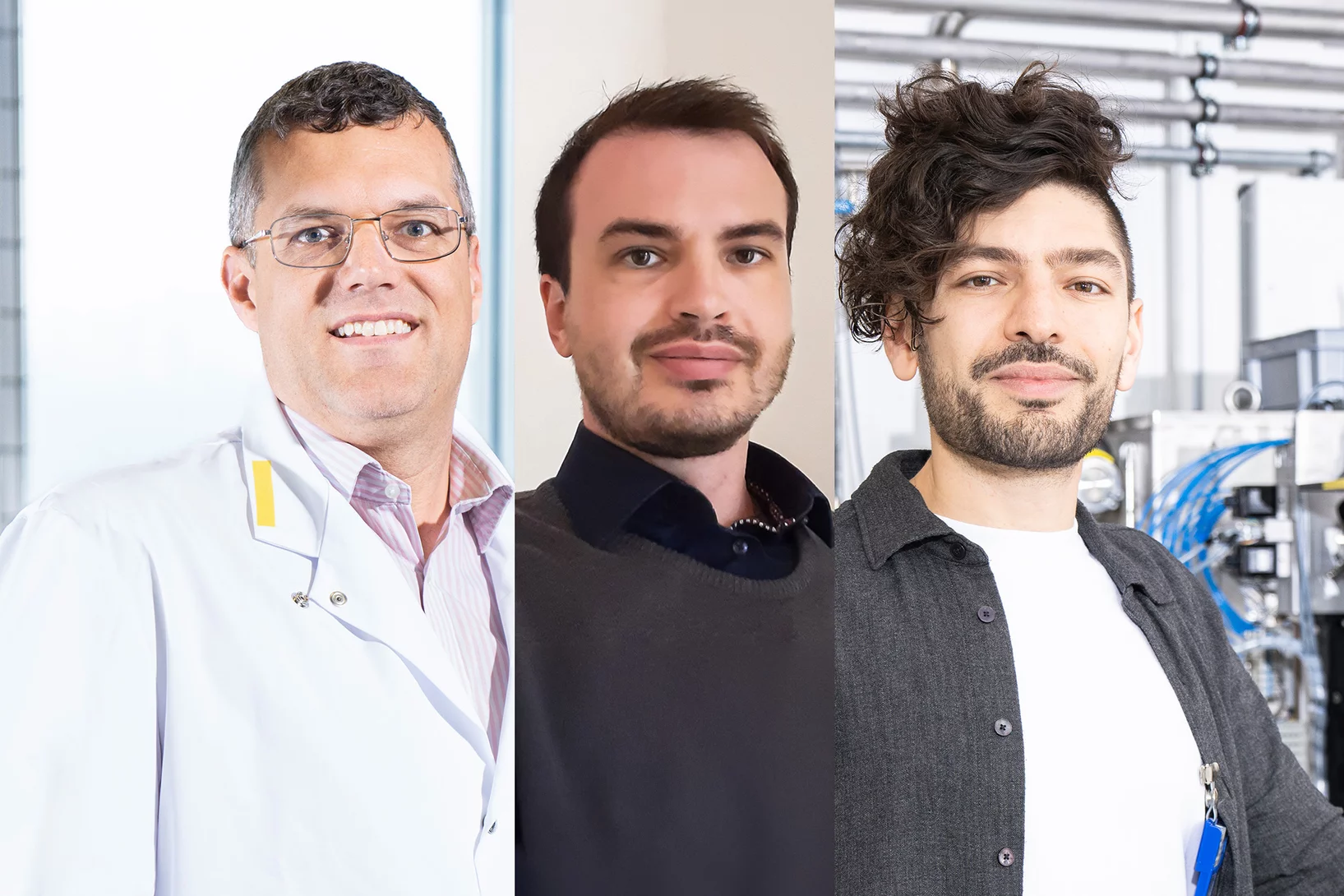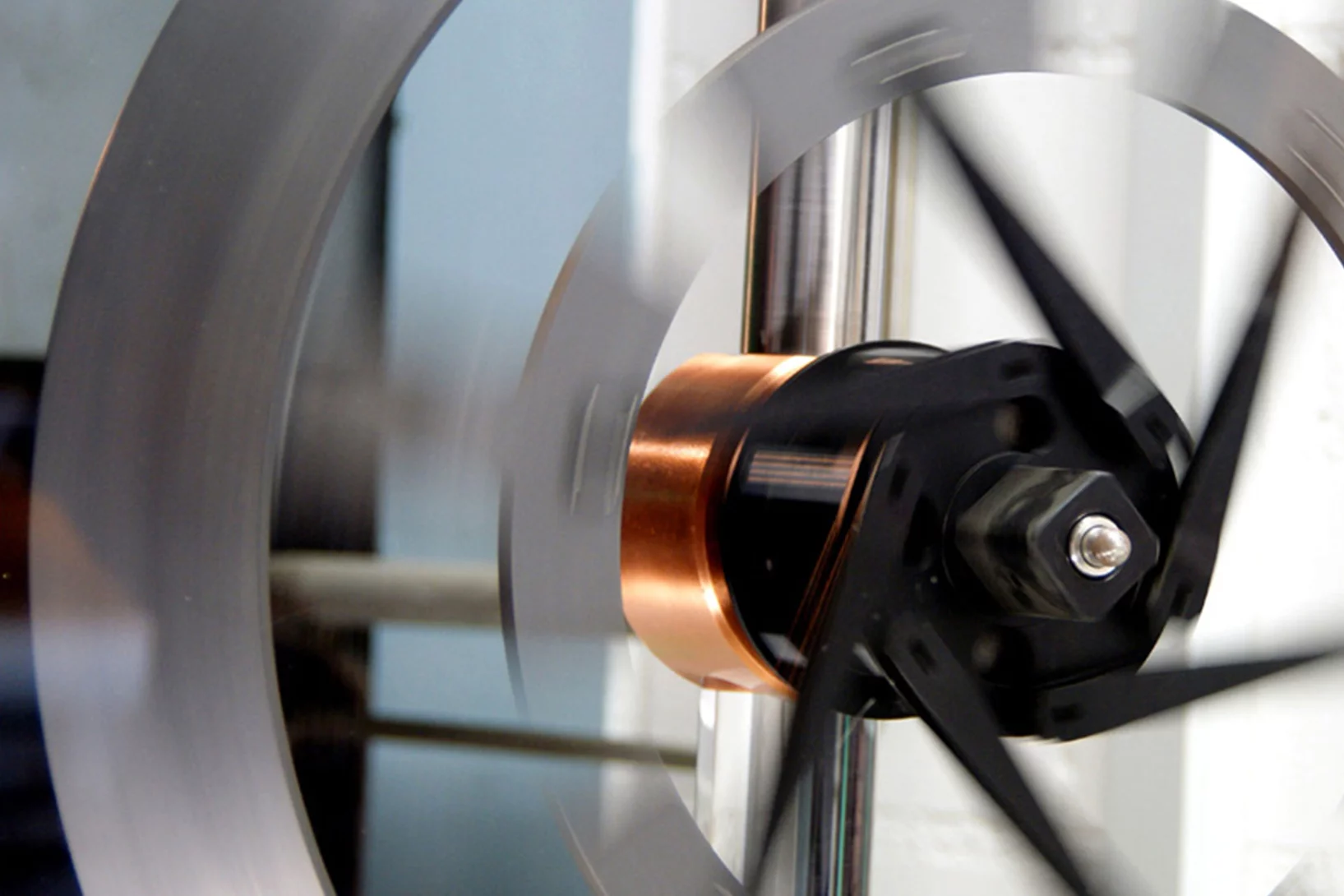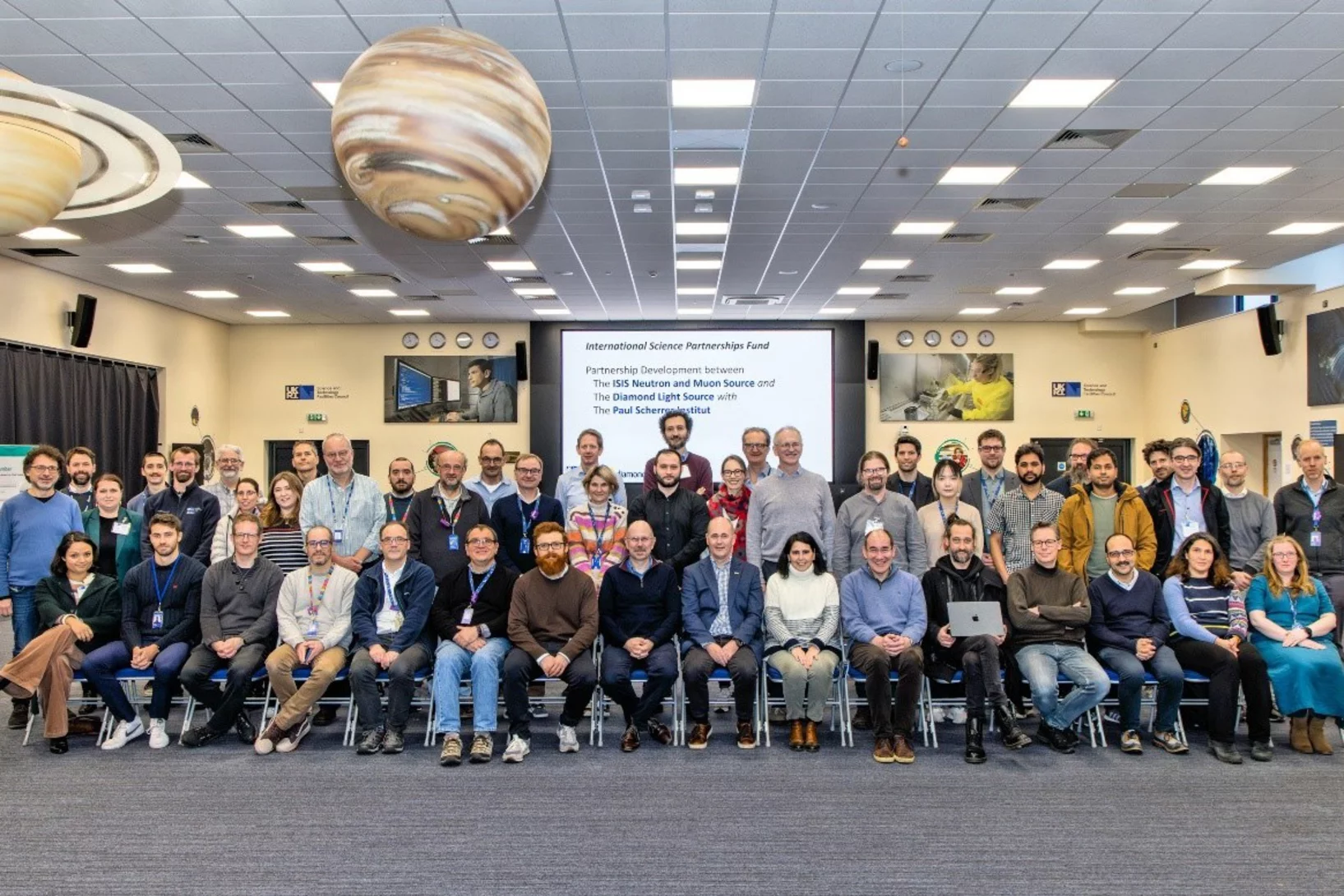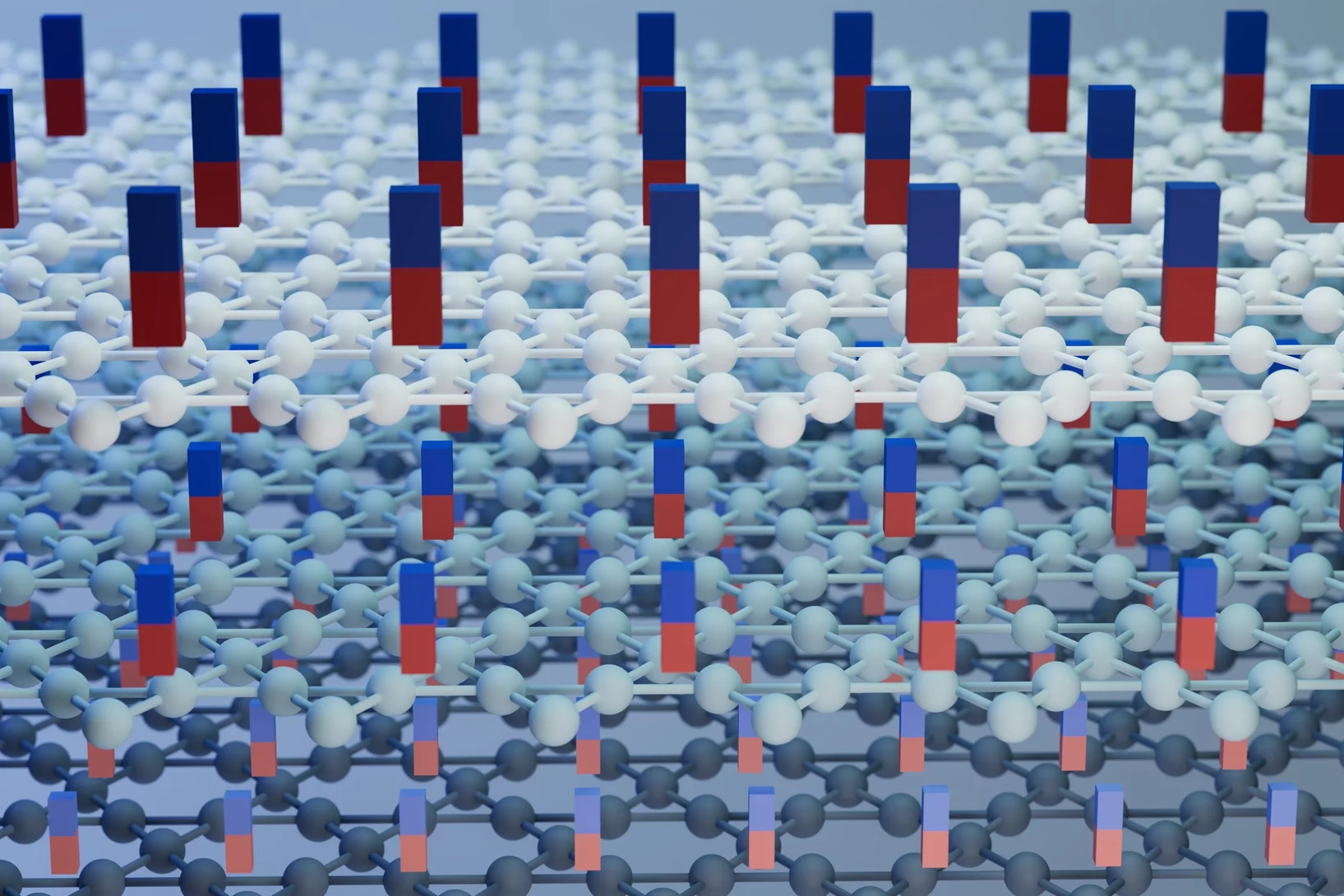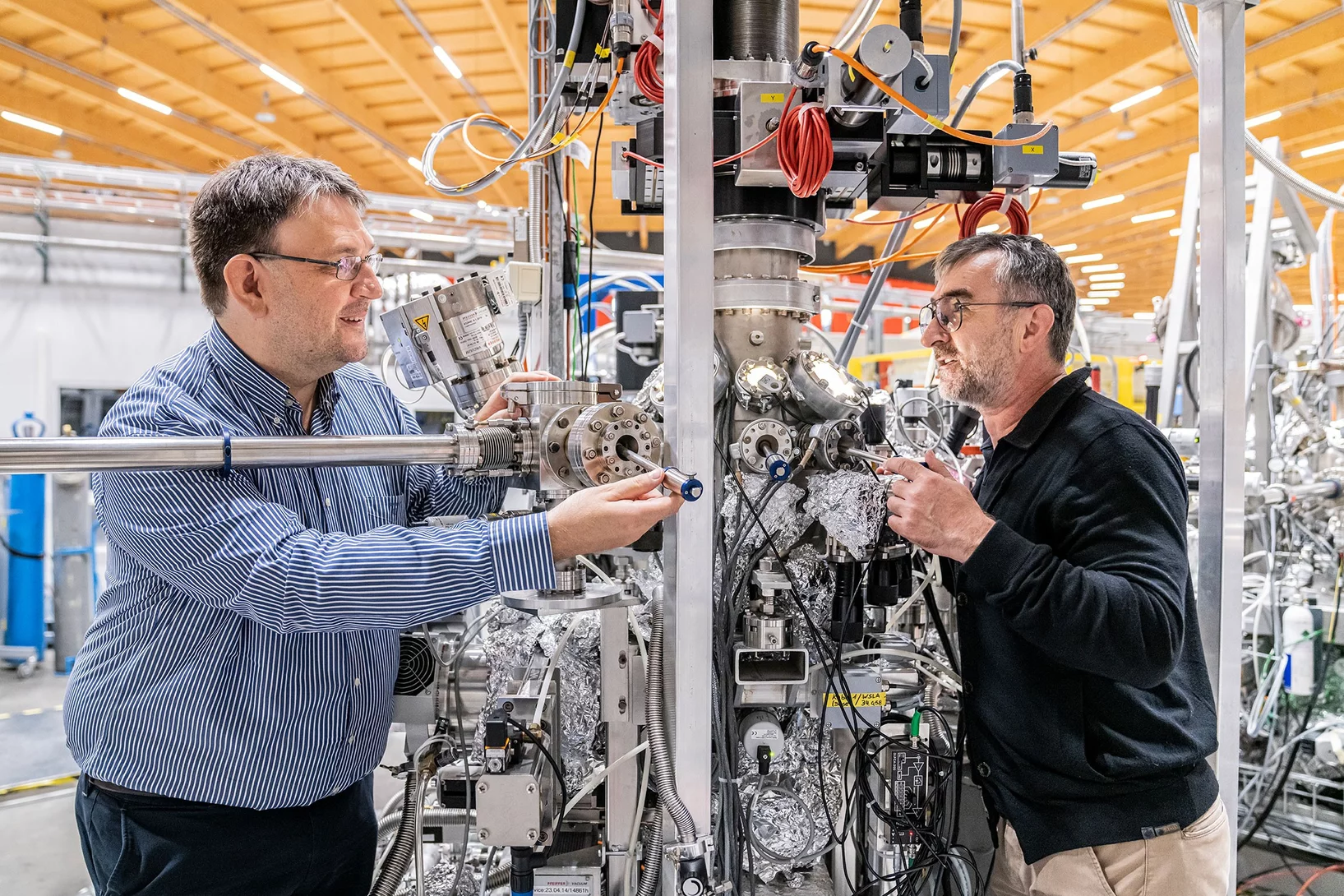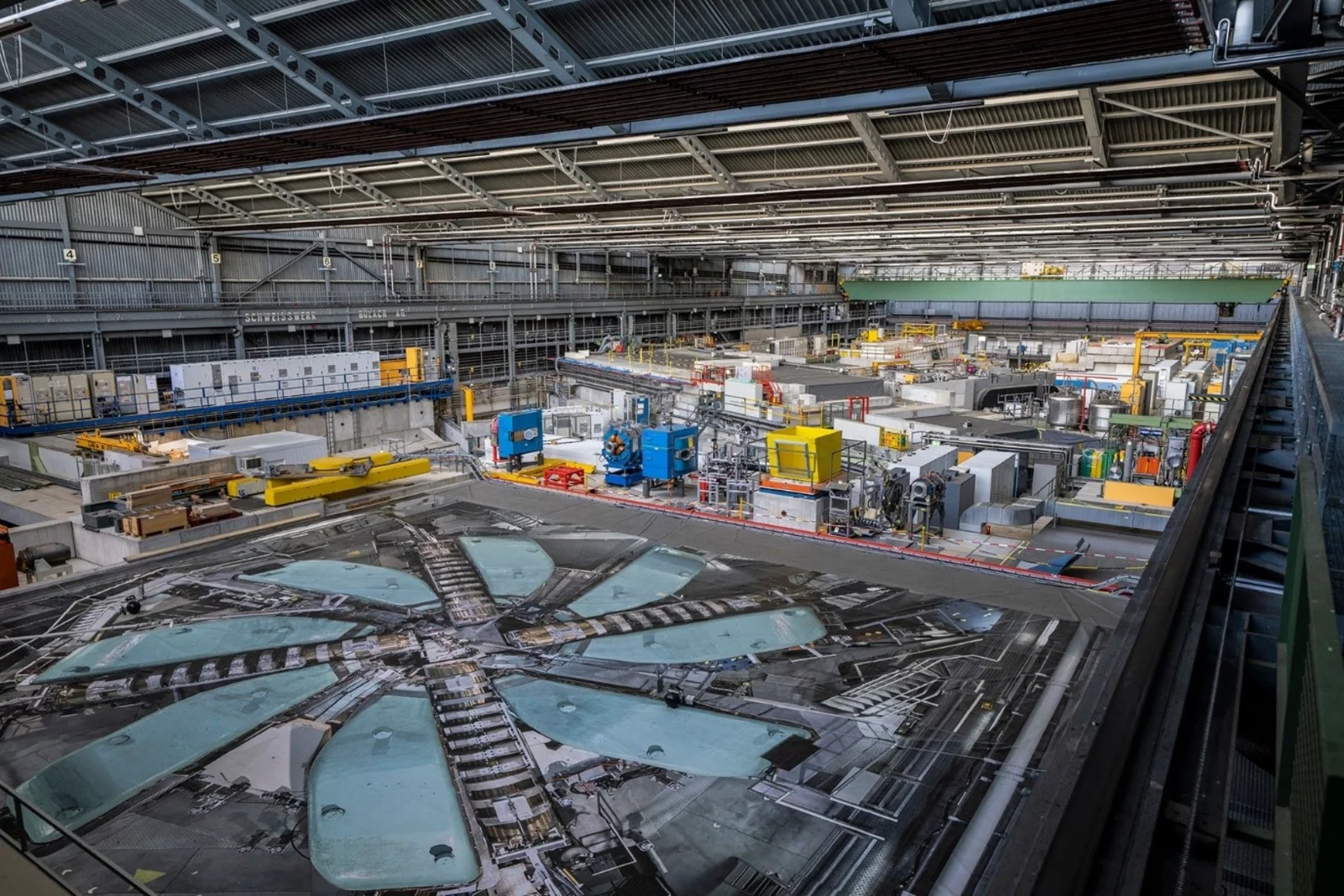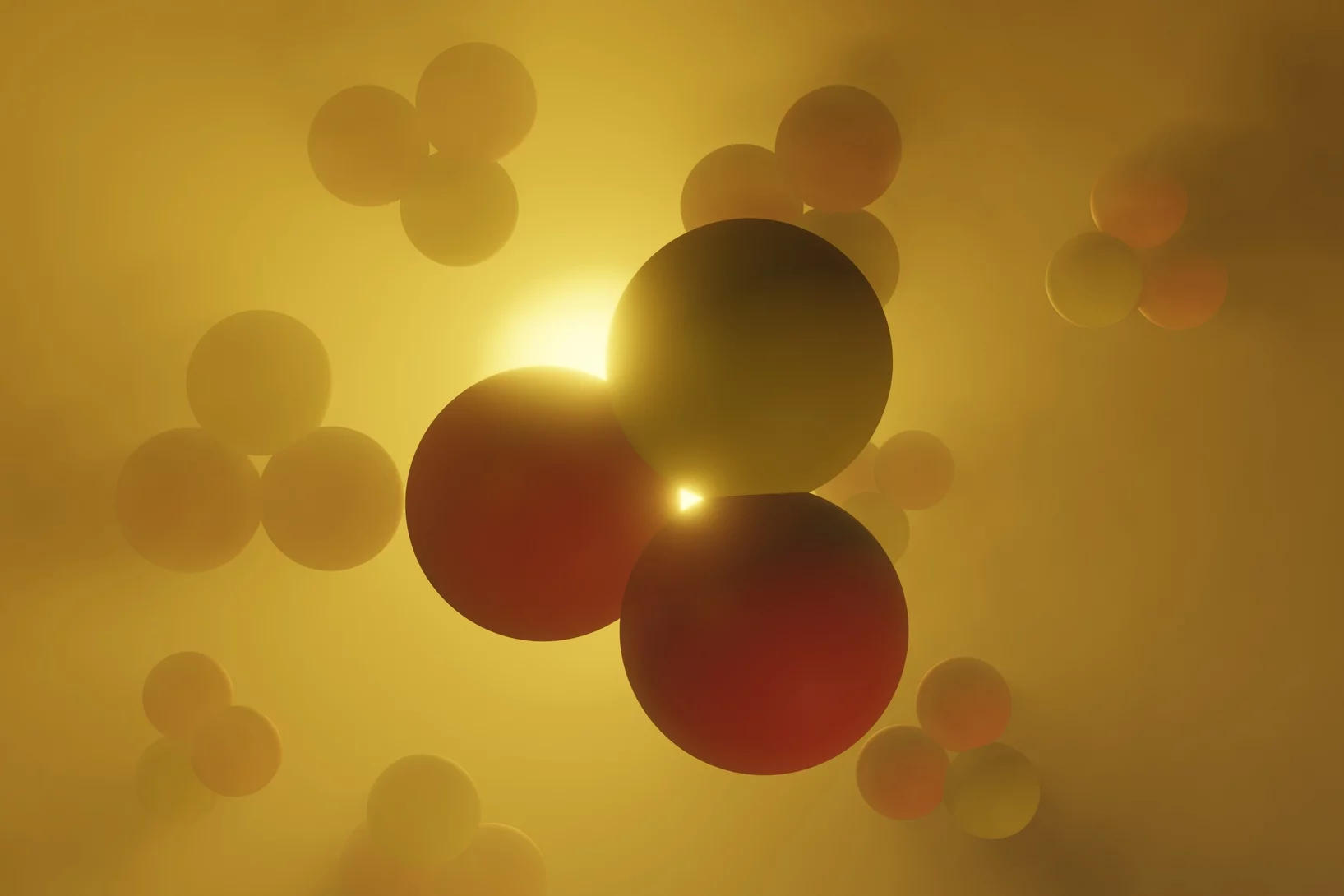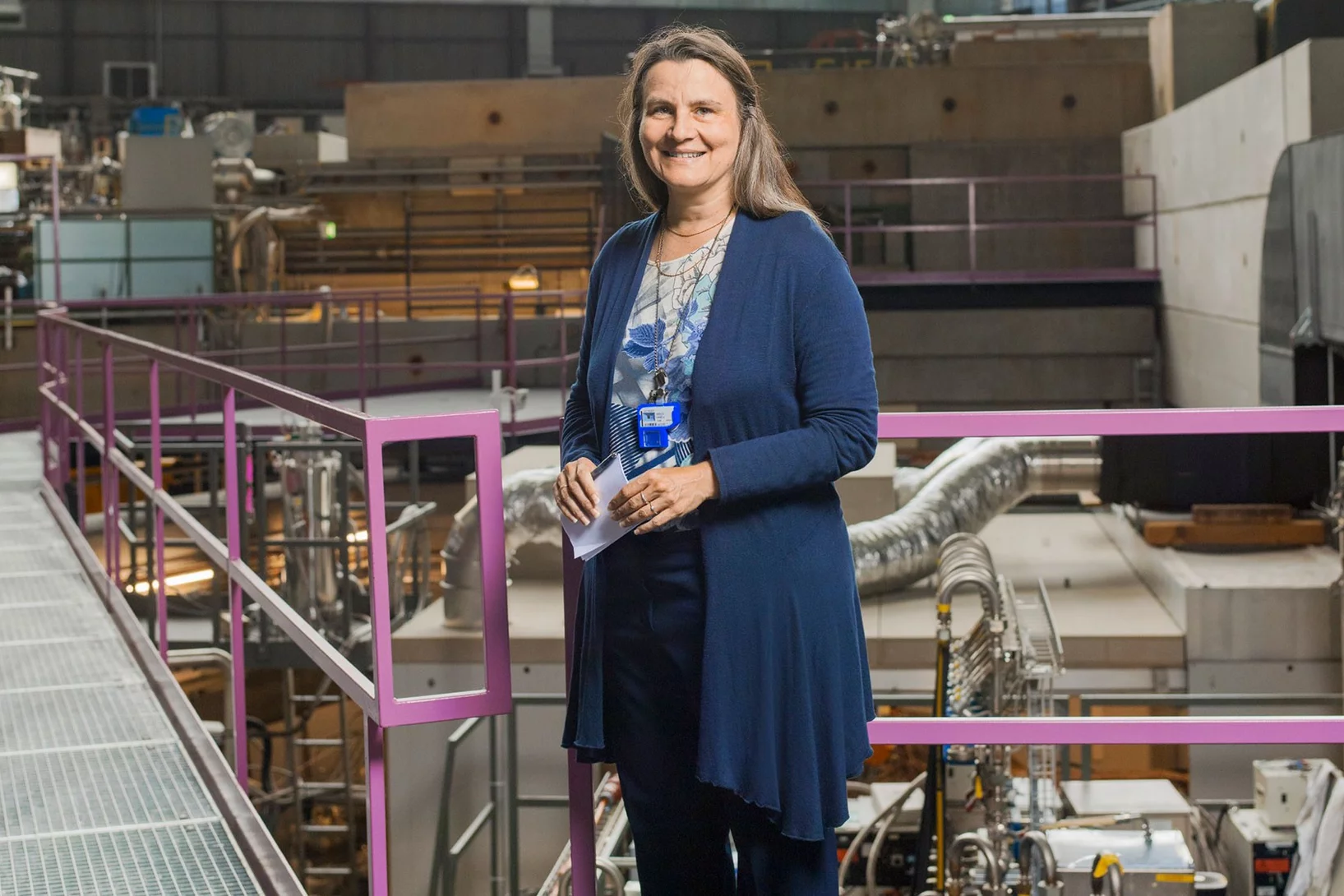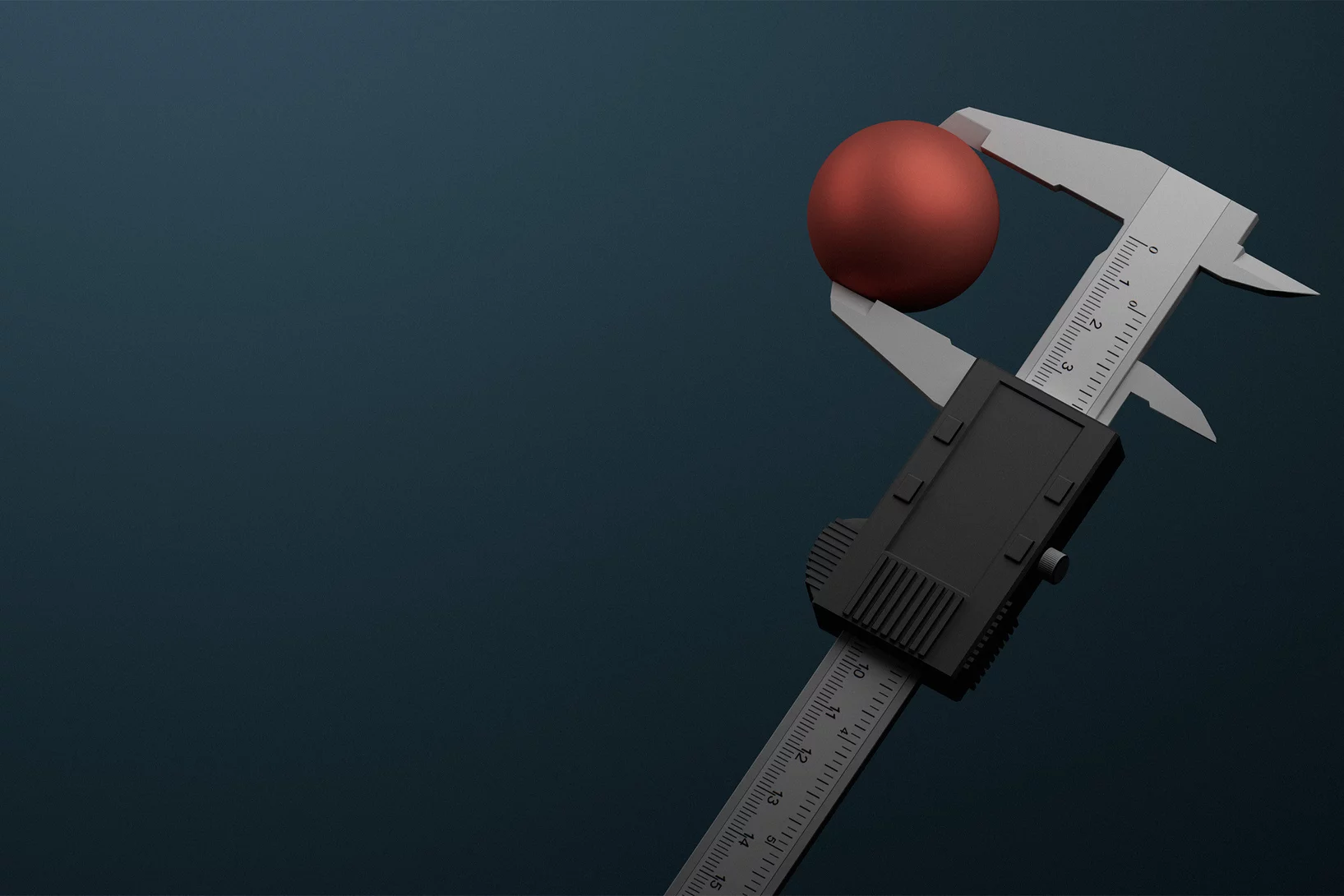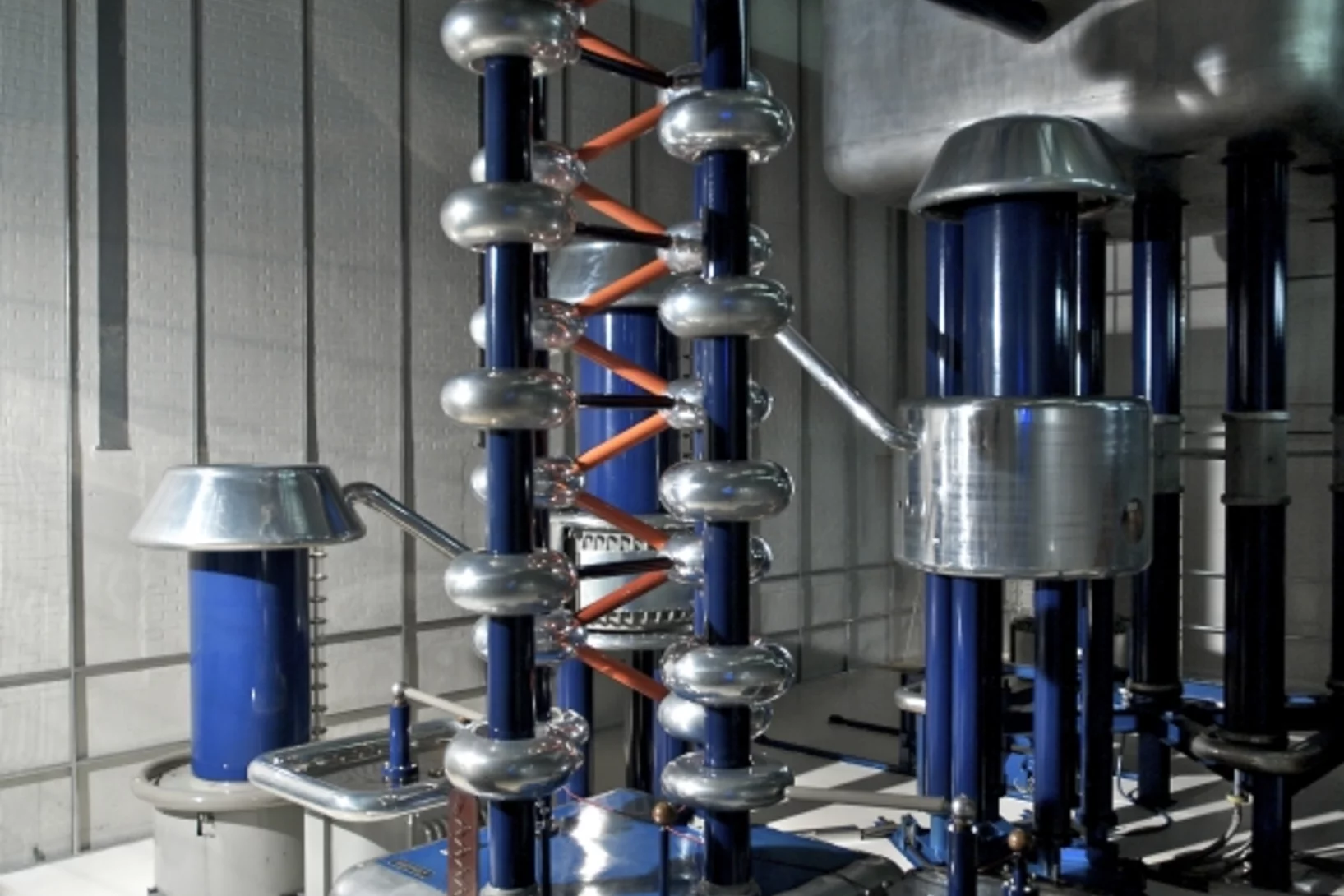PSI develops, builds and operates complex large research facilities. PSI has the world's most powerful muon source, a unique proton and neutron source, an synchrotron of international importance and one of only five X-ray free-electron lasers with hard X-rays in the world. Scientists from all over the world use PSI's large research facilities for their scientific investigations. They are also available to Swiss research and industry for their experiments.
For researchers
Disorder begins at the surface of quantum materials
Ultrafast X-rays from SwissFEL reveal unexpected light responses in quantum materials.
Peering into matter with ultrashort X-ray ripples
An all-X-ray transient grating experiment allows scientists to study the dynamics of quantum particles at the nanoscale.
Stabilising fleeting quantum states with light
X-rays from SwissFEL probe emergent properties of quantum materials
For researchers
Big heart, acute senses key to explosive radiation of early fishes
X-rays of a 400-million-year-old fossil illuminate a key moment in our deep evolutionary past.
A bright light for Switzerland
The new Swiss Light Source is inaugurated
X-rays reveal fossil stealth technology
PSI imaging helps to uncover the hunting strategy of a prehistoric predator.
For researchers
Latest News
Steering magnetic textures with electric fields
Neutrons reveal a new way to control magnetism at the nanoscale
A tiny golden object from Roman times
PSI’s David Mannes has used neutrons to unravel the mystery of a fascinating archaeological artefact.
Prestigious funding for research at PSI
Concrete, chemical catalysis and the search for new physics – three PSI researchers have each received a grant from the Swiss National Science Foundation for these areas of research.
For researchers
Latest News
Together for Science with Neutrons, Muons and X-rays
Strategic partnership between research facilities in UK and Switzerland will create new capabilities to address global challenges using neutrons, muons and X-rays.
Kagome breaks the rules at record breaking temperatures
Discovery of quantum phenomenon at accessible temperatures could be useful for quantum technologies.
Magnetism in thin layers: One electron makes the difference
An important step towards novel computer memory
For researchers
New standards in nuclear physics
With unprecedented precision: PSI researchers measure the nuclear radius of muonic helium-3 and put the theories of atomic physics to the test.
„IMPACT is very important in terms of international competition“
Daniela Kiselev talks about the upgrade planned at PSI's proton accelerator facility.
Hunting for the radius of a proton
0.000 000 000 000 840 87 (39) metres – scientists working at PSI have come up with this astonishing figure for the radius of a proton.



